

Top companies trust Airbyte to centralize their Data







Select your source
Select your destination

Sync your Data
Ship more quickly with the only solution that fits ALL your needs.
As your tools and edge cases grow, you deserve an extensible and open ELT solution that eliminates the time you spend on building and maintaining data pipelines
Leverage the largest catalog of connectors
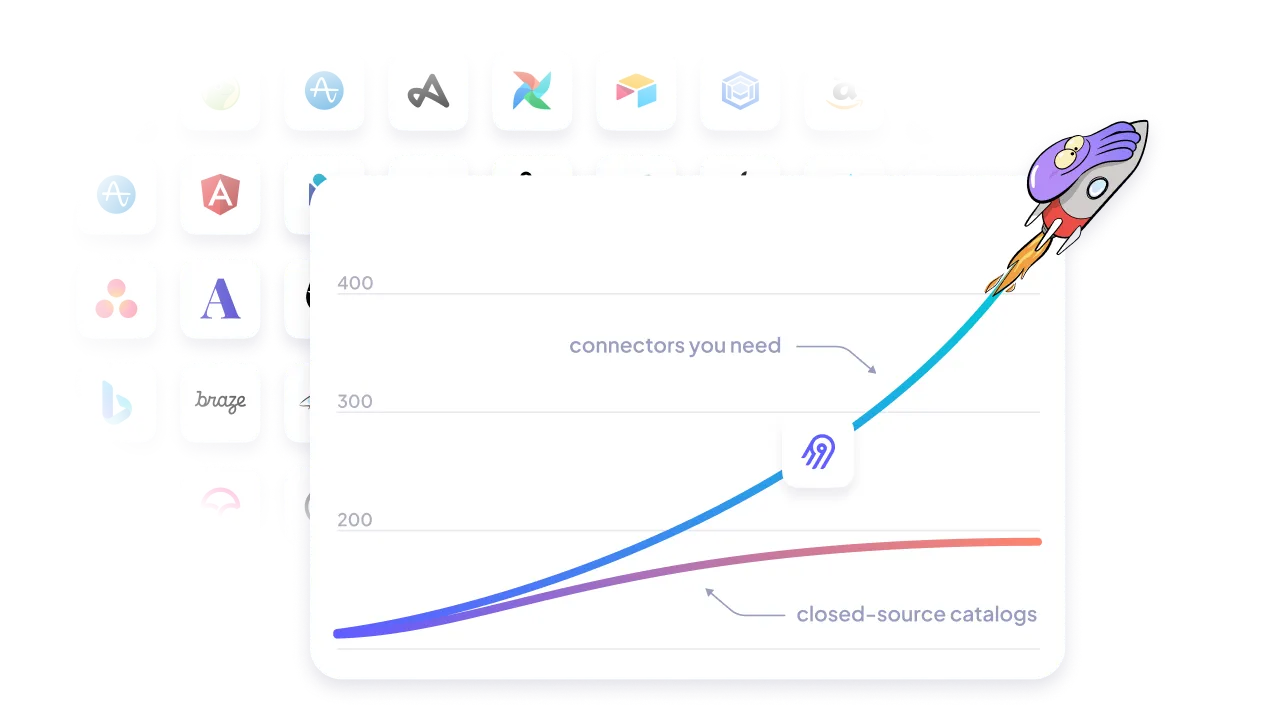
Cover your custom needs with our extensibility
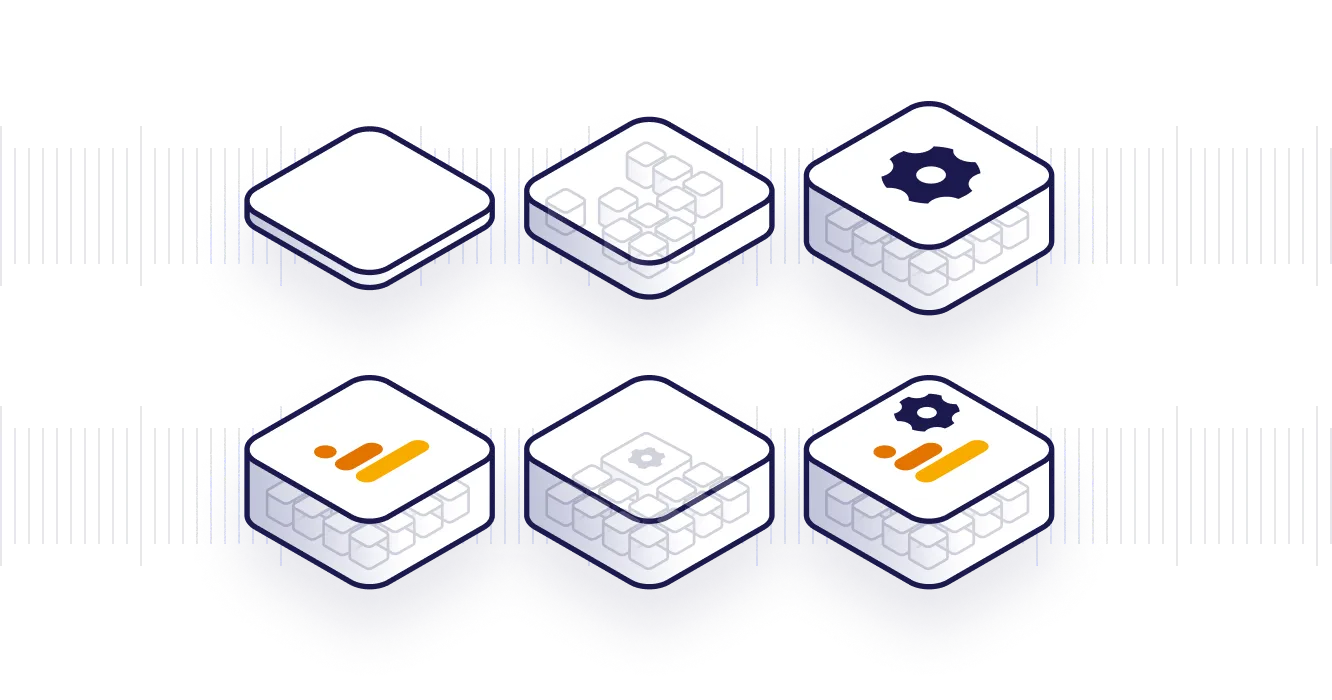
Free your time from maintaining connectors, with automation
- Automated schema change handling, data normalization and more
- Automated data transformation orchestration with our dbt integration
- Automated workflow with our Airflow, Dagster and Prefect integration
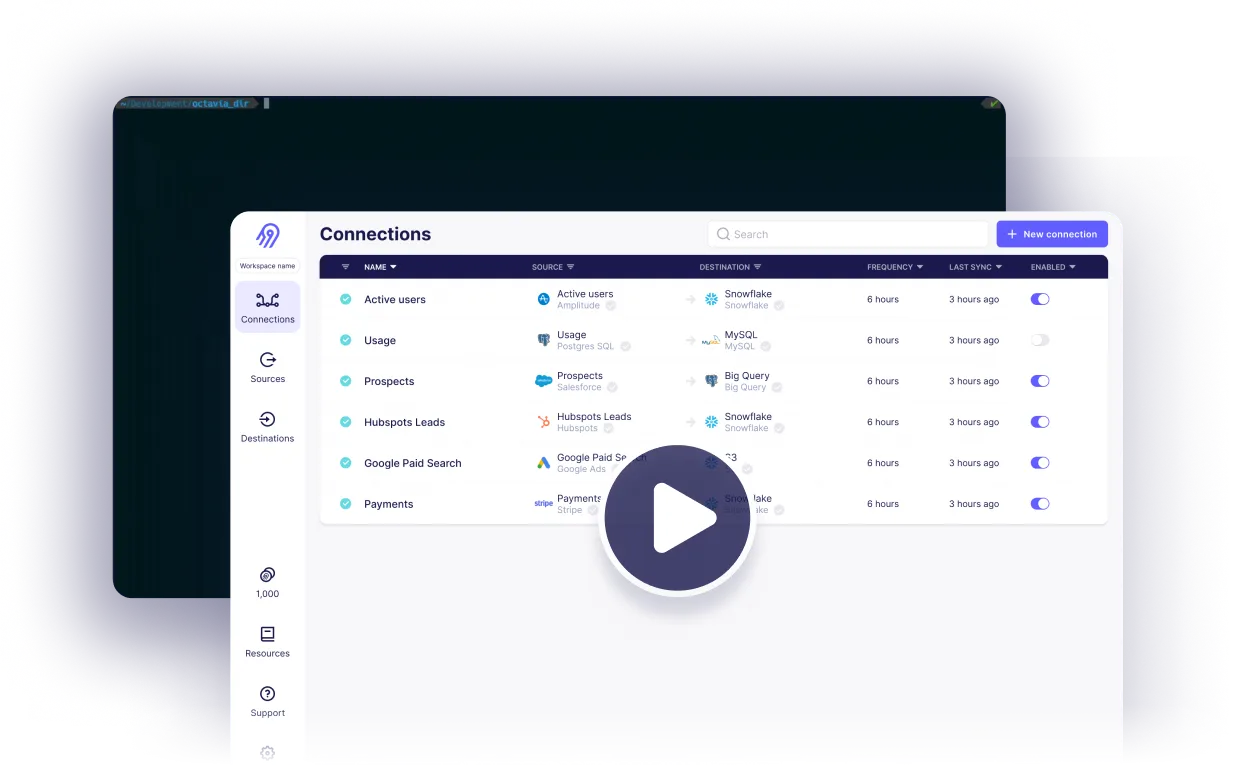
Reliability at every level
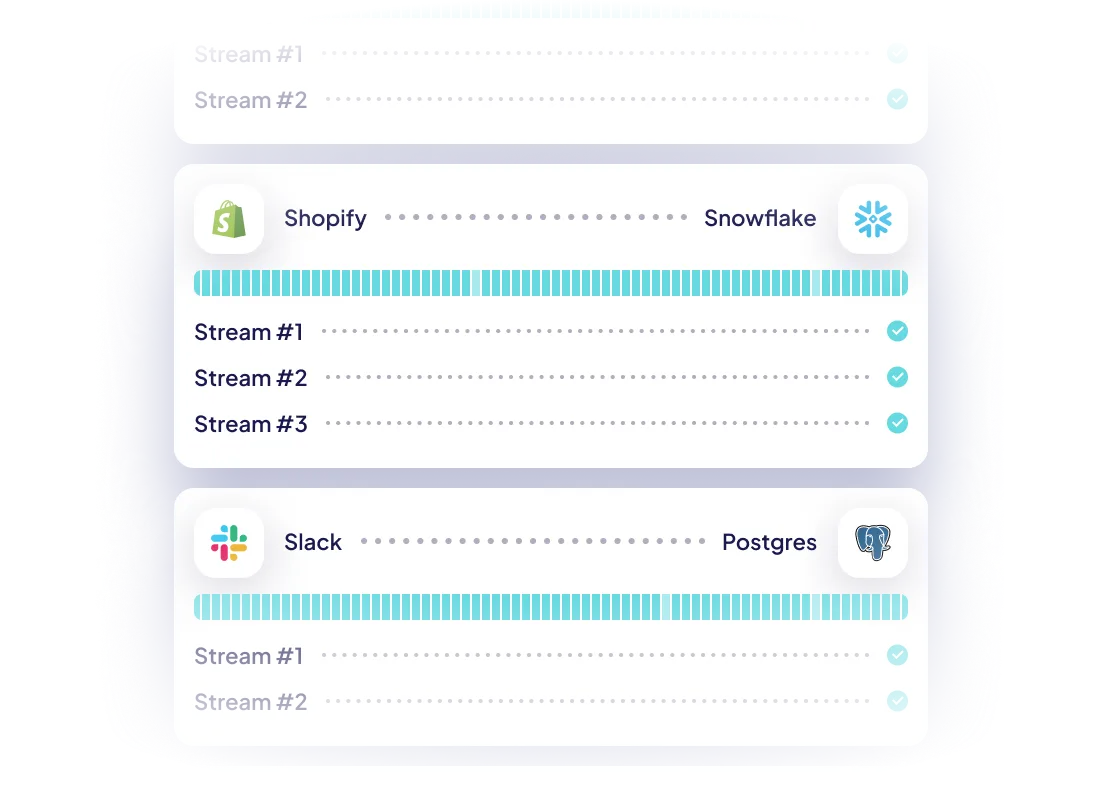



Airbyte Open Source


Airbyte Cloud


Airbyte Enterprise

Why choose Airbyte as the backbone of your data infrastructure?
Keep your data engineering costs in check
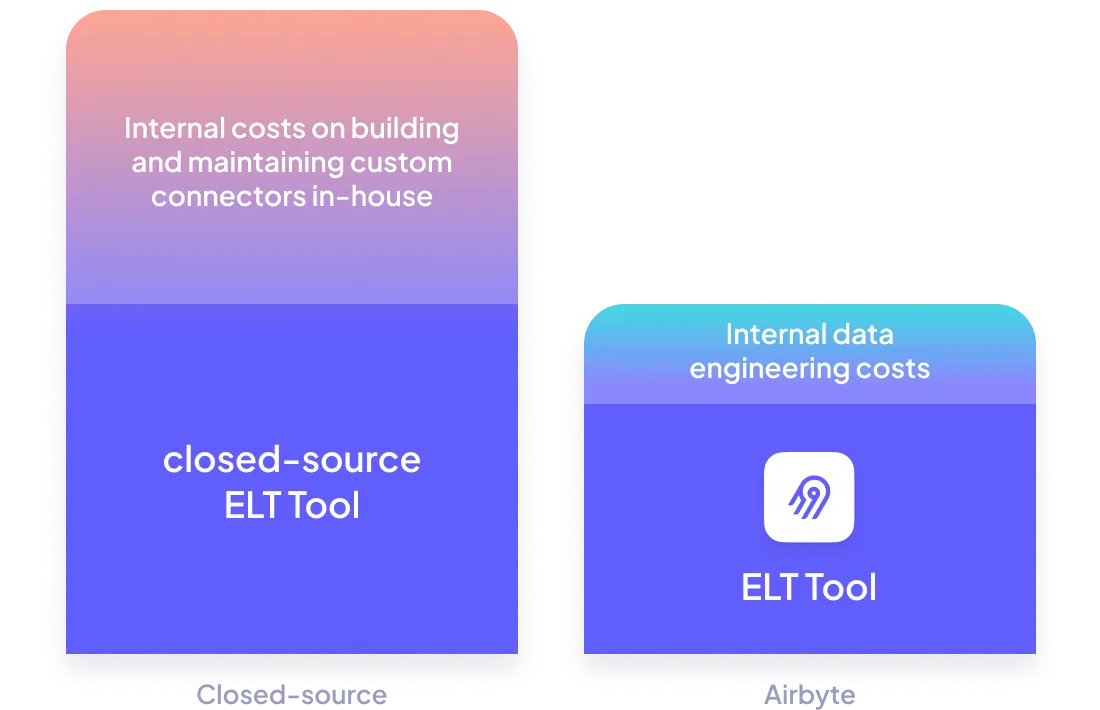
Get Airbyte hosted where you need it to be
- Airbyte Cloud: Have it hosted by us, with all the security you need (SOC2, ISO, GDPR, HIPAA Conduit).
- Airbyte Enterprise: Have it hosted within your own infrastructure, so your data and secrets never leave it.
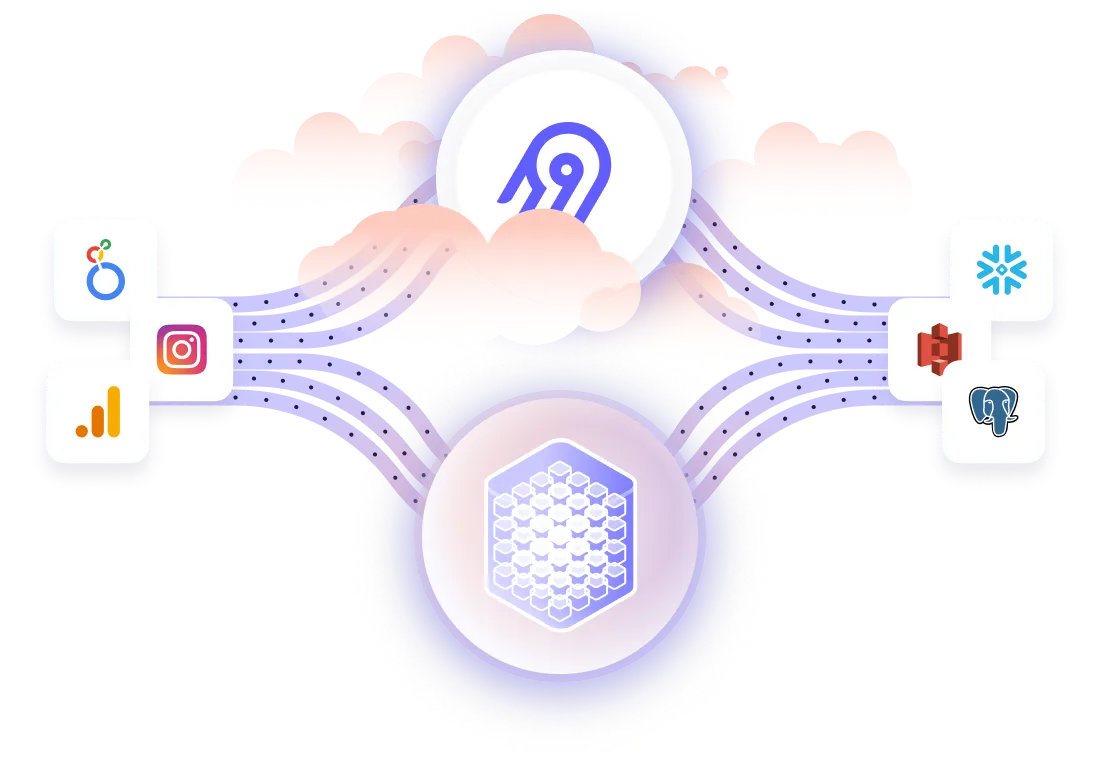
White-glove enterprise-level support
Including for your Airbyte Open Source instance with our premium support.
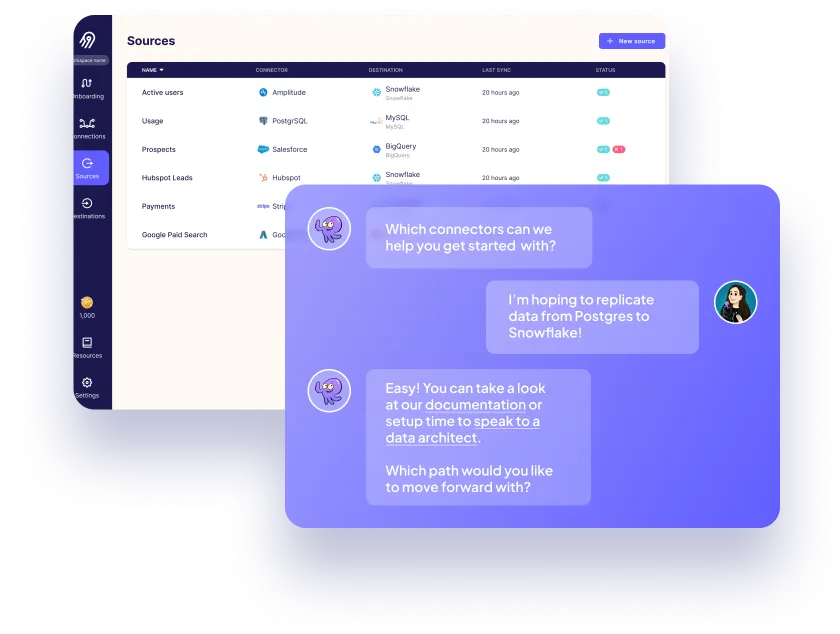

Fnatic, based out of London, is the world's leading esports organization, with a winning legacy of 16 years and counting in over 28 different titles, generating over 13m USD in prize money. Fnatic has an engaged follower base of 14m across their social media platforms and hundreds of millions of people watch their teams compete in League of Legends, CS:GO, Dota 2, Rainbow Six Siege, and many more titles every year.
Ready to get started?
FAQs
What is ETL?
ETL, an acronym for Extract, Transform, Load, is a vital data integration process. It involves extracting data from diverse sources, transforming it into a usable format, and loading it into a database, data warehouse or data lake. This process enables meaningful data analysis, enhancing business intelligence.
Typeform makes collecting and sharing information comfortable and conversational. It's a web-based platform you can use to create anything from surveys to apps, without needing to write a single line of code.
Cumul.io is a cloud-based data visualization platform that allows businesses to create interactive dashboards and reports. It enables users to connect to various data sources, including databases, spreadsheets, and APIs, and visualize the data in real-time. The platform offers a drag-and-drop interface that makes it easy to create custom dashboards and reports without any coding skills. Users can also embed the dashboards and reports into their own applications or websites. Cumul.io provides a range of features, including data filtering, drill-down capabilities, and collaboration tools, making it a powerful tool for data analysis and decision-making.
Typeform's API provides access to a wide range of data related to surveys and forms. The following are the categories of data that can be accessed through Typeform's API:
1. Form data: This includes all the questions and responses from a form or survey.
2. Response data: This includes all the responses submitted by users for a particular form or survey.
3. User data: This includes information about the users who have responded to a form or survey, such as their name, email address, and other contact details.
4. Analytics data: This includes data related to the performance of a form or survey, such as the number of responses, completion rates, and other metrics.
5. Theme data: This includes information about the visual appearance of a form or survey, such as the colors, fonts, and other design elements.
6. Webhook data: This includes data related to the integration of a form or survey with other applications, such as the data that is sent to a third-party application when a form is submitted.
Overall, Typeform's API provides access to a comprehensive set of data that can be used to analyze and optimize the performance of forms and surveys.
What is ELT?
ELT, standing for Extract, Load, Transform, is a modern take on the traditional ETL data integration process. In ELT, data is first extracted from various sources, loaded directly into a data warehouse, and then transformed. This approach enhances data processing speed, analytical flexibility and autonomy.
Difference between ETL and ELT?
ETL and ELT are critical data integration strategies with key differences. ETL (Extract, Transform, Load) transforms data before loading, ideal for structured data. In contrast, ELT (Extract, Load, Transform) loads data before transformation, perfect for processing large, diverse data sets in modern data warehouses. ELT is becoming the new standard as it offers a lot more flexibility and autonomy to data analysts.





















